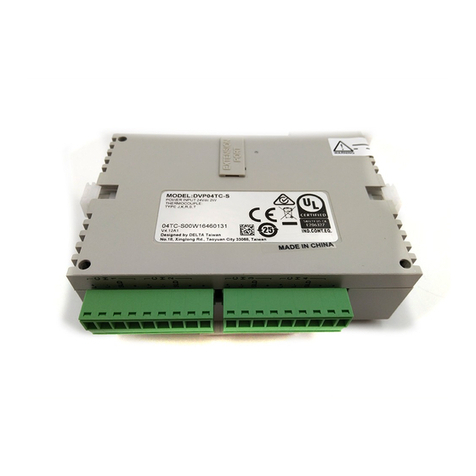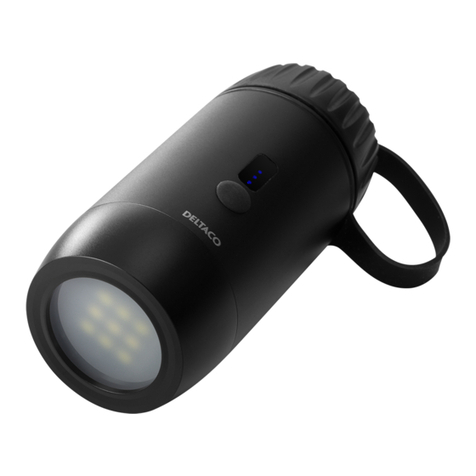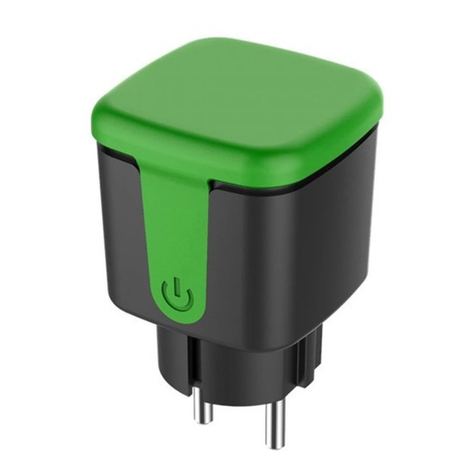Delta ELEKTRA UV E-5 User manual

1
INSTALLATION INSTRUCTIONS
IMPORTANT SAFETY INSTRUCTIONS
SAVE THESE INSTRUCTIONS
READ AND FOLLOW ALL INSTRUCTIONS
WARNING
FOR YOUR SAFETY — This product should be installed by a
professional service technician or similar person, qualied in electrical
equipment installation. Improper installation and/or operation could cause
serious injury, property damage or death. Improper installation and/or
operation will void the limited warranty.
ELEKTRA®UV
E/ES-Series
Ultraviolet
Sanitizer/Clarier
System

2
SAVE THESE INSTRUCTIONS
INSTRUCTIONS PERTAINING TO
RISK OF FIRE, ELECTRIC SHOCK
OR INJURY TO PERSON
WARNING — When using this unit, basic precautions should
always be taken, including the following:
1. READ AND FOLLOW ALL INSTRUCTIONS.
2. DANGER: To reduce the risk of injury, do not permit children to
use this unit unless they are closely supervised at all times.
3. Use this unit only for its intended use as described in this manual.
Do not use attachments not recommended by the manufacturer.
4. Never drop or insert any object into any opening.
5. This unit contains an ultraviolet bulb that can cause discomfort or
irritation to the eyes if viewing while operating. Prolonged exposure
to the eyes can cause blindness. DO NOT VIEW UV BULB WHILE
OPERATING OR DURING MAINTENANCE.
6. The unit must be connected only to a supply circuit that is protected
by a Ground Fault Circuit Interrupter (GFCI). If this unit is not
equipped (optional) with a GFCI, a GFCI should be provided by the
installer and should be tested on a routine basis. To test the GFCI,
push the test button. The GFCI should interrupt power. Push the
reset button. Power should be restored. If the GFCI fails to operate
in this manner, the GFCI is defective. If the GFCI interrupts power
to the unit without the test button being pushed, a ground current
is owing, indicating the possibility of an electric shock. Do not
use this unit. Disconnect the unit and have the problem corrected
by a qualied service representative before using.
7. ENVIRONMENTAL NOTICE - Hg-Lamp CONTAINS MERCURY.
Manage in accord with disposal laws. See: www.lamprecycle.org

3
SAVE THESE INSTRUCTIONS
INSTALLATION INSTRUCTIONS
WARNING
When using electrical products, basic precautions should always
be followed, including the following:
1. DANGER: RISK OF ELECTRIC SHOCK. Connect only to a circuit
protected by a Ground Fault Circuit Interrupter.
2. Grounding is required. The unit should be installed and grounded by a
qualied service representative.
3. Install to permit access for servicing.
IMPORTANT: Follow the instructions EXACTLY and IN THE ORDER
LISTED. Once installed, your UV unit will provide years of successful
operation.
TABLE OF CONTENTS
0.0 Forward
1.0 Introduction
2.0 Pre-Installation
2.1 Pond Turnover Rates
2.2 Swimming Pool Turnover Rates
3.0 Desired Flow Rate Chart – Swimming Pools, Fountains, Water Features
4.0 Desired Flow Rate Chart – Ponds
5.0 Installation
5.1 Locating The UV Unit
5.2 Plumbing The UV Unit – Plumbing Diagram and Bypass Diagram
5.3 Installing Inlet/Outlet Unions
5.4 Installing Mounting Legs
5.5 Mounting The UV Unit On A Solid Base
5.6 Gluing Piping To The UV Unit
5.7 Electrical Connection
5.8 Electrical Bonding (Grounding)
5.9 Electrical Interlock Of Pump/EA Unit
6.0 Start-up
6.1 Pump Start-up
6.2 Leak Check Total System
6.3 Swimming Pool Chemical Balance
7.0 Maintenance – Quartz Tube Assembly Maintenance/Removal
7.1 Disconnect Power
7.2 Stop Circulation Pump

4
7.3 Remove Plastic Electrical Tee Fitting
7.4 Cleaning Quartz Tube
7.5 Re-installing Quartz Tube Assembly
8.0 UV Bulb Removal/Replacement
8.1 Electrical Connector Assembly Removal
8.2 Removing The UV Bulb
8.3 Removing the Bulb Cushion and O-Rings
8.4 Install Acorn Nut
8.5 Check For Leaks
9.0 UV Bulb Installation
9.1 Seating Bulb End Cushion
9.2 Installing O-Rings On Bulb End
9.3 Connecting Bulb Pins To Bulb Connector
9.4 Inserting Bulb Into Quartz Tube
9.5 Making Electrical Connection To Bulb
9.6 Reinstall The Electrical Enclosure Bonnet
9.7 Plug UV Unit Into Electrical Power
9.8 Providing Power To EA Unit
10.0 Maintenance – Scheduled Bulb Replacement
10.1 Annual Reminder
10.2 Disconnect The Power Cord
10.3 Remove Electrical Enclosure Bonnet
10.4 Remove The Bulb
11.0 Additional UV Unit Maintenance
12.0 Normal Operating Results
12.1 Ponds
12.2 Swimming Pools, Fountains, Water Features, Waterfalls
13.0 Winterizing
13.1 Freeze Damage
13.2 Freezing Weather Precautions
14.0 Swimming Pool Chemicals
15.0 How To Obtain Service
16.0 Parts Schematic and Part Numbers
17.0 Frequently Asked Questions
17.1 Salt Water Use
17.2 Filter Cleaning
17.3 Time Clock Operation
17.4 Residual Effect From UV
17.5 Horizontal Mounting Of UV Unit
17.6 Below Water Installation
17.7 Multiple UV Units For Larger Installations
17.8 GFCI (Ground Fault Circuit Interrupter) Necessity
18.0 Troubleshooting
18.1 UV Bulb Will Not Light At Startup
18.2 UV Bulb Was Lit, But Is Not Lit Now
18.3 UV Bulb Stays Lit When Pump Is Off
18.4 Water Is Green
18.5 GFCI Trips
18.6 Unit Makes Noise When Operating
18.7 Water Leaks From Electrical Enclosure Bonnet
19.0 Specications

5
0.0 Forward: The Elektra®UV Unit is designed for use in swimming pools, fountains, water features, waterfalls
and sh ponds. It is not designed for use in potable (drinking) water installations. Use of this product in
applications other than those indicated above will void your warranty and could be harmful to your health or
the health of others.
1.0 Introduction - How The Elektra®UV Unit Works: Within the Electra®UV Unit (which we will refer to throughout
this manual as EUV), a high intensity electrically operated Ultraviolet (UV) bulb is located inside the unit’s wet chamber.
This UV bulb gives off Ultraviolet light wave emissions when lit. The bulb’s operating emission range is within the
Ultraviolet light wave spectrum at 253.7 nm of wavelength. This wavelength is such that when bacteria, protozoa,
viruses, algae spores, or other single celled waterborne microorganisms in the incoming water ow are exposed to
the light waves of the UV bulb for a proper period of time, the DNA of the microorganism is altered or disrupted and
this controls and eradicates these unwanted contaminates and renders them harmless. Your EUV unit has been sized
to produce these important UV rays in the same intensity as is required for Class A potable drinking water, which is
30 microwatts/sec/cm2.
While you may see lesser competitive units of similar vessel size claiming to work on larger ponds or pools, you will
nd that these units do not operate at the same high intensity as does the EUV unit and are unable to obtain the
same level of killing power as the EUV unit. Rely on the ow chart shown herein for proper maximum killing power
unit selection for your application.
Pond or pool water containing these unwanted contaminates enters the EUV unit’s wet chamber and is exposed to
the light rays generated by the UV bulb. The EUV unit has been designed to allow for some turbidity in the water, as
turbidity will reduce the UV light wave transmission capability. Therefore, all EUV units are sized to allow for possible
turbidity in the water and the reduction in the killing power of the UV bulb when it nears the end of its useful life.
When the incoming water is exposed to the bulb for the proper duration and intensity, the water exiting the unit is near
drinking water biological quality. CAUTION!: THIS UNIT IS FOR POND OR POOL USE ONLY. DO NOT USE THIS
UNIT FOR POTABLE (DRINKING) WATER SANITIZATION.
2.0 Pre-Installation - In order to ensure that your EUV unit functions with the proper exposure time to achieve the
desired water sanitization, it is important to provide the proper water ow rate through the EUV unit. If water passes
through the unit too quickly, the exposure time of the microorganisms to the UV bulb produced rays will not be sufcient
to obtain the desired kill rate. The water ow rate through the UV unit is governed by the piping of your pool or pond
and the size and output of your circulation pump. There also needs to be consideration to the application for the UV
unit. Fish ponds have different requirements than do swimming pools, water features, fountains, or waterfalls.
2.1 Pond Turnover Rates - Most sh pond experts agree that there is no set formula for the sizing of circulation
pumps and UV systems for ponds. The size of the pond, the depth, plant coverage, the amount of sun exposure
or shade, and the number of sh in the pond all contribute to determining what the ow rate for a pond should
be. The best advise is to consult with a pond expert to determine what the ow rate for your pond should be.
This is the best method of ensuring that your pond is being circulated properly. But absent of that, a general
rule of thumb that can be used for ponds is that the water volume of the pond should be passed through the
lter system every two hours or so. Thus, if you take the volume of your pond (in gallons), and divide that by
120 (the number of minutes in two hours) you will have an approximate desired ow rate for your pond. Then,
you select a pump and lter system that works properly at that ow rate. As an example, a 6000 gallon pond
would have a desired ow rate of 50 gallons per minute (GPM) calculated at 6000 /120 = 50.
2.2 Pool Turnover Rates - Swimming pools are somewhat simpler to calculate for ow rates. Most residential
pools are designed to have the capacity of the pool turned over every 12 hours. Semi-commercial pools are
normally designed for an 8 hour turnover ow rate. Check with your local jurisdiction for the required ow rate for
your type of pool to be sure. Thus, as an example, using the same formula as above, a 20,000 gallon residential
pool will need to have a pump capable of a 28 GPM ow rate and a 25,000 gallon Semi-commercial pool will
need to have a pump capable of 52 GPM.
Like pools and ponds, the EUV unit needs to be properly sized by ow rate. Moving the water through the EUV
unit’s wet chamber too fast will not allow enough exposure time of the water to be exposed to the UV bulb rays
for the required exposure time. The following chart shows the desired and maximum ow rates for your EUV
unit. Make sure the ow rate of your circulation system pump does not exceed the maximum allowable ow rate
of the UV unit you have selected. (Consult your supplier or pump manufacturer for the pump’s GPM rating if you
This manual suits for next models
8
Table of contents
Other Delta Accessories manuals
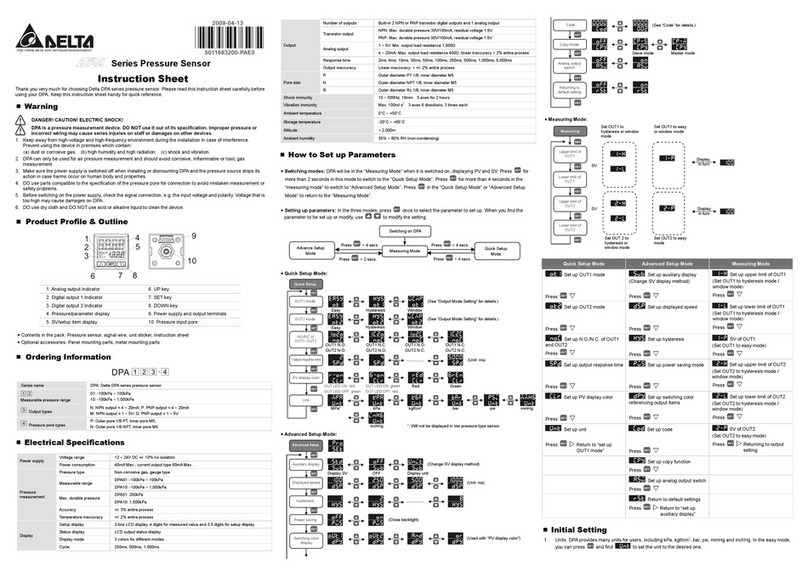
Delta
Delta DPA Series User manual

Delta
Delta PB-A1002 User manual
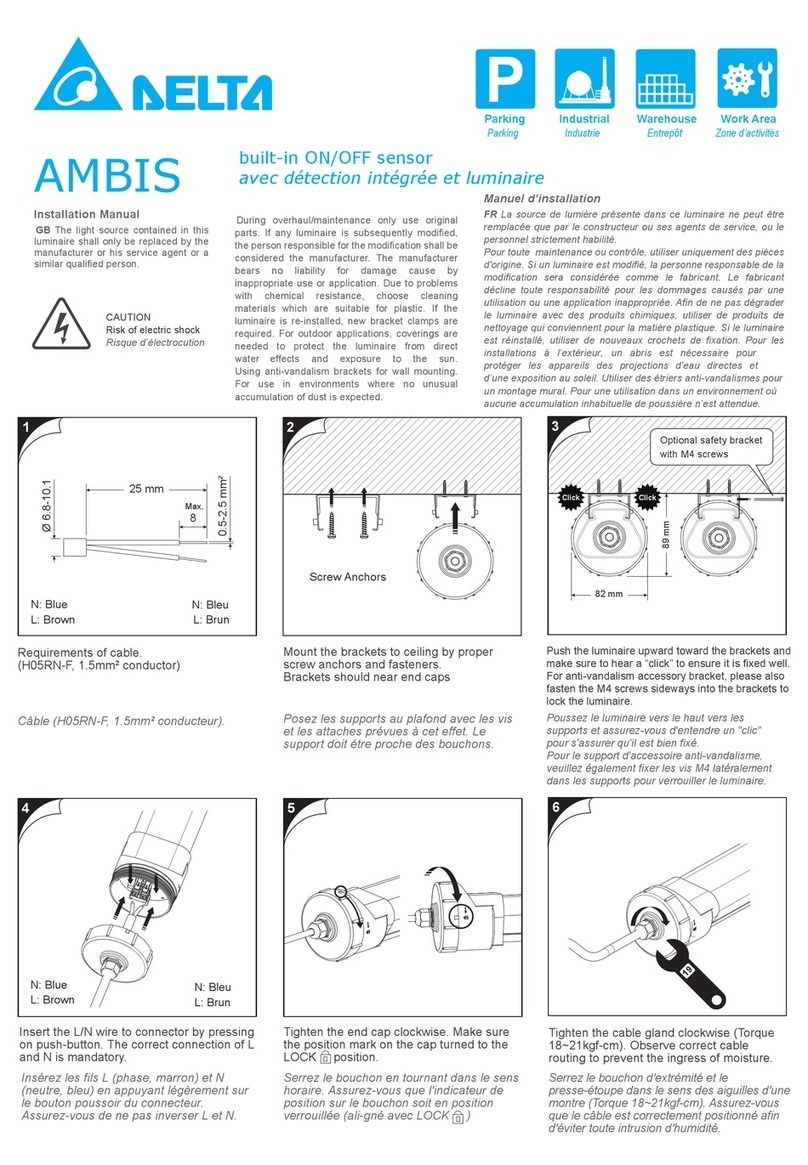
Delta
Delta AMBIS User manual

Delta
Delta DPA Series User manual
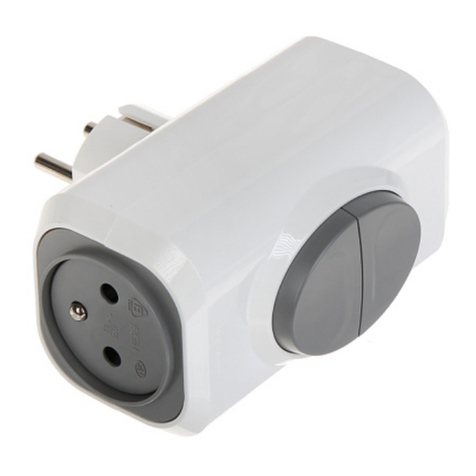
Delta
Delta LE-50637 User manual
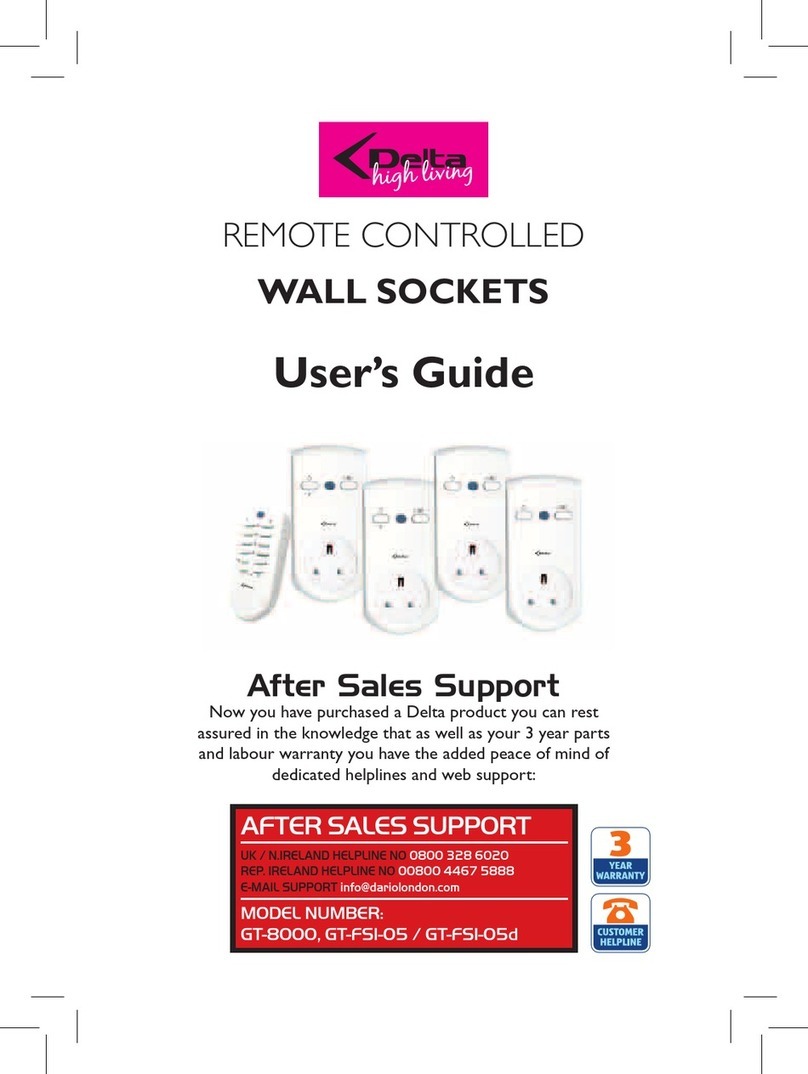
Delta
Delta high living GT-8000 User manual
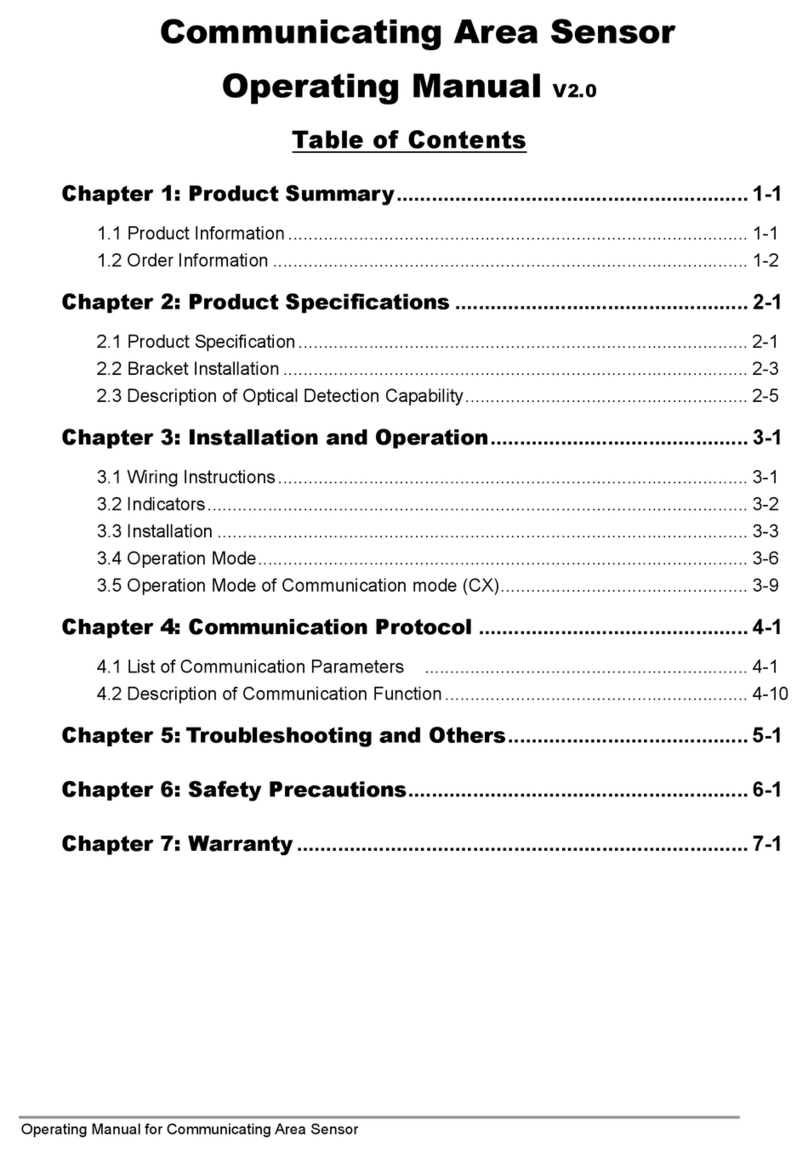
Delta
Delta AS-BF Series User manual

Delta
Delta DPA Series User manual
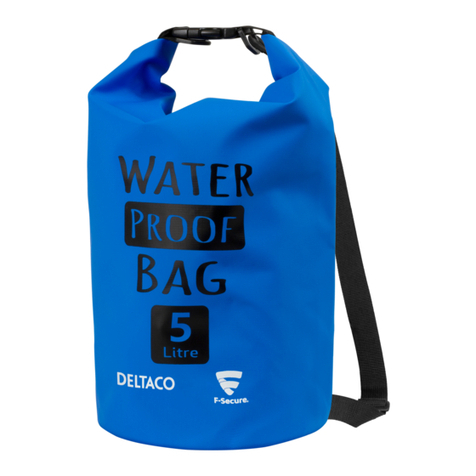
Delta
Delta CS-01 User manual
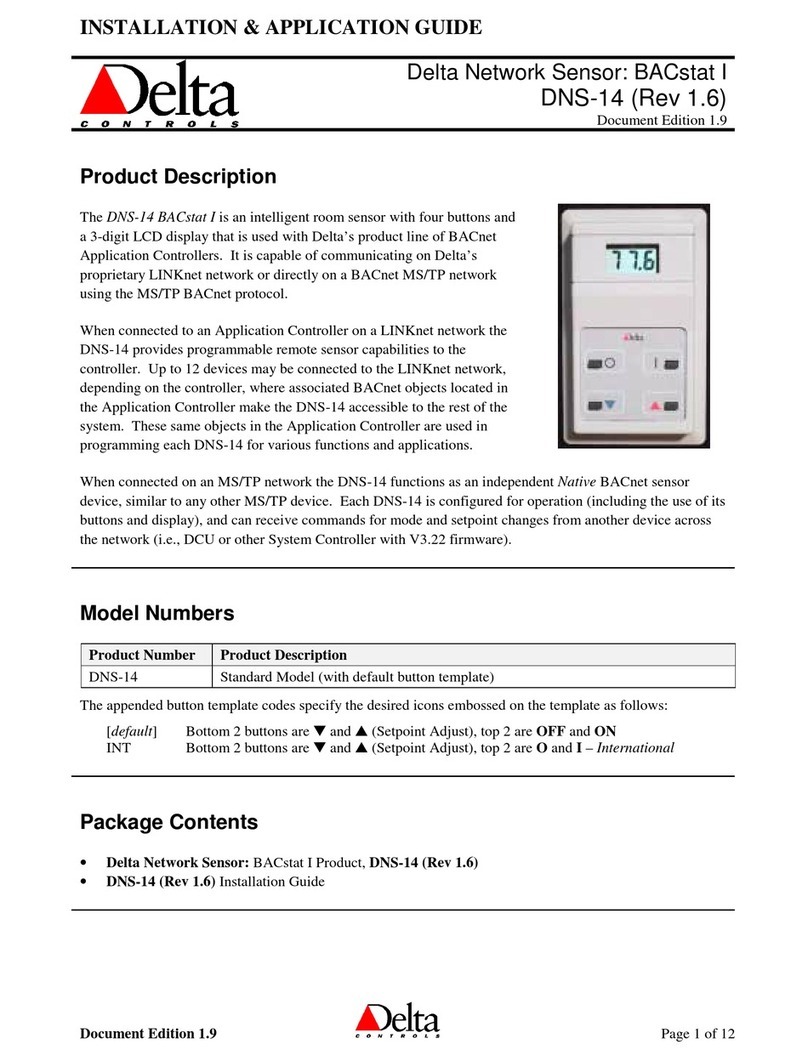
Delta
Delta DNS-14 User guide
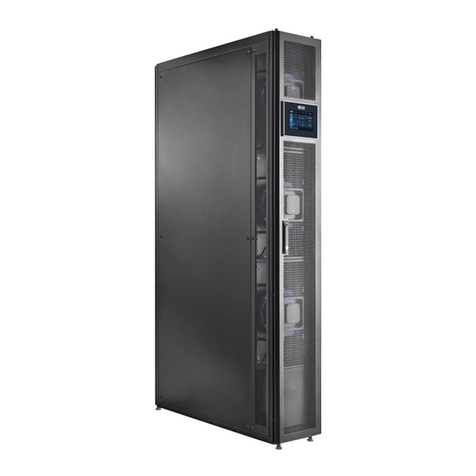
Delta
Delta InfraSuite RWD030R User manual
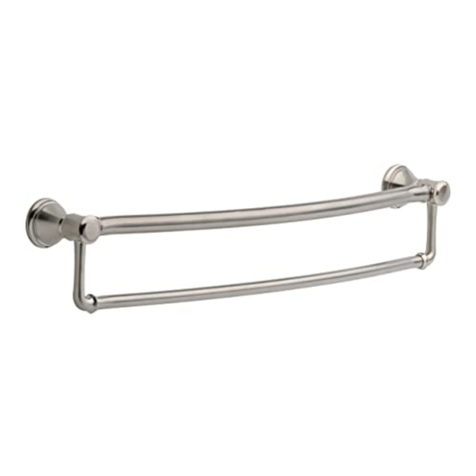
Delta
Delta 41319 Series User manual
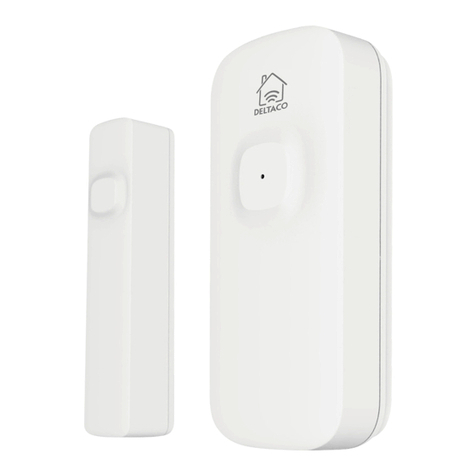
Delta
Delta SH-WS02 User manual

Delta
Delta DVP-EH Series User manual
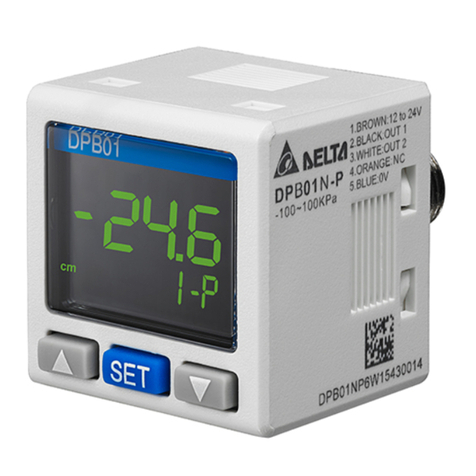
Delta
Delta DPB Series User manual
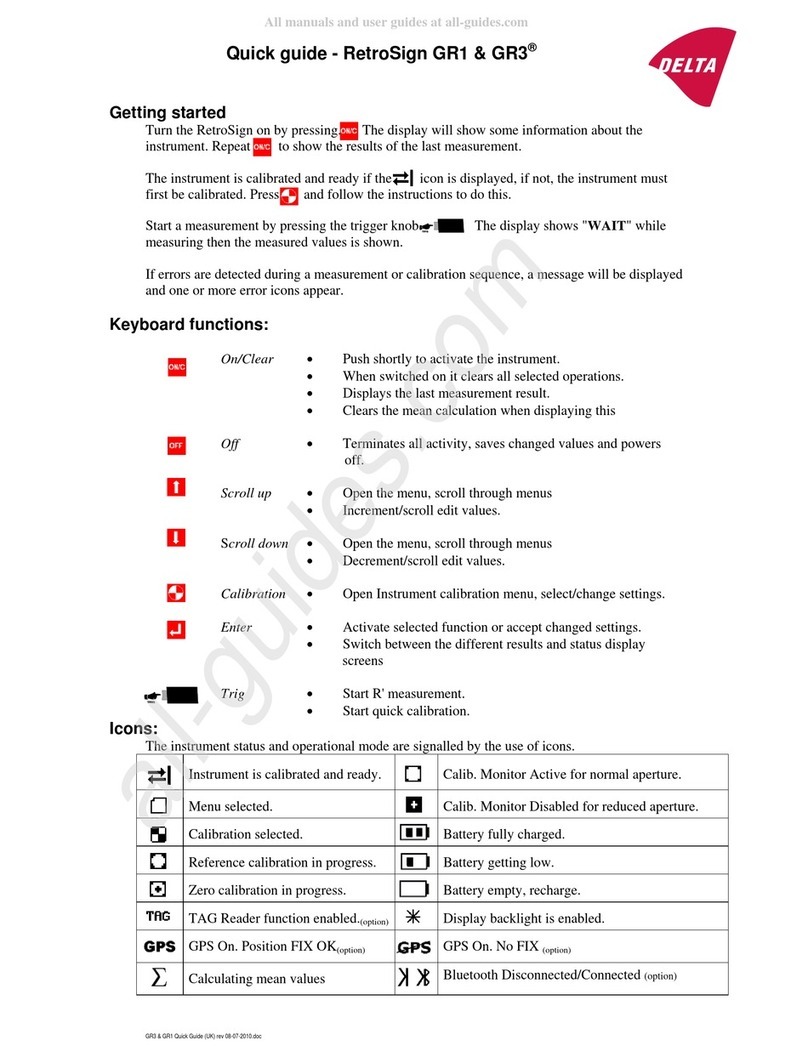
Delta
Delta RetroSign GR1 User manual
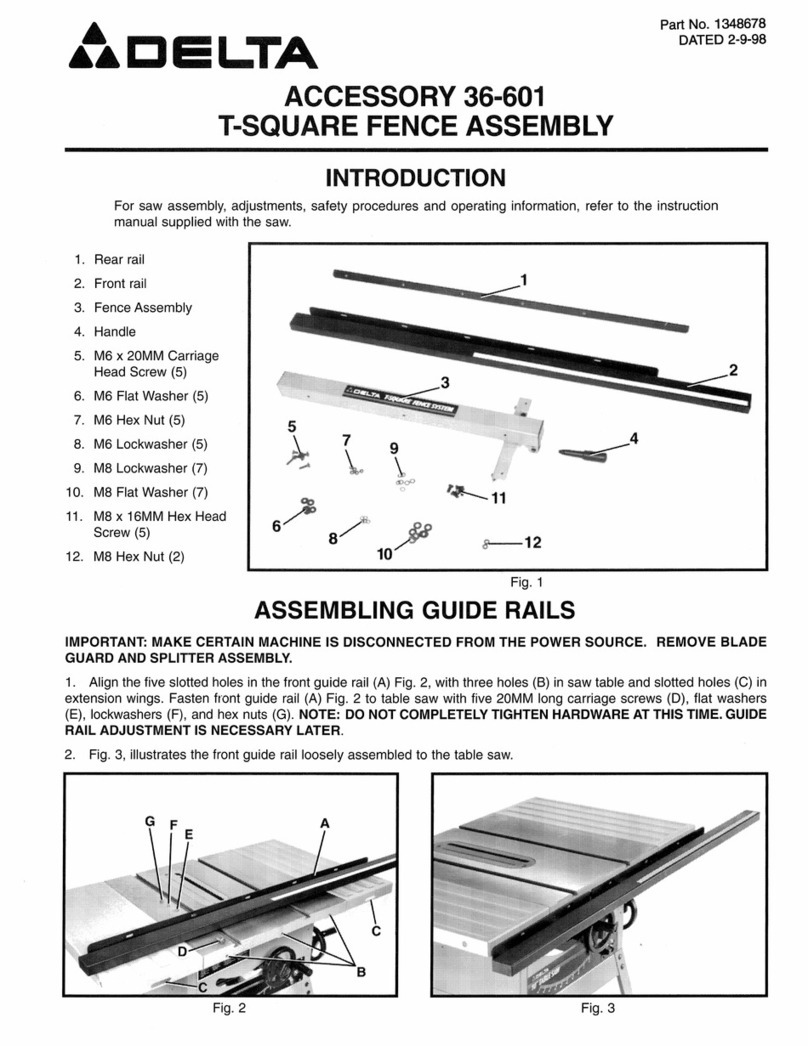
Delta
Delta 36-601 User manual
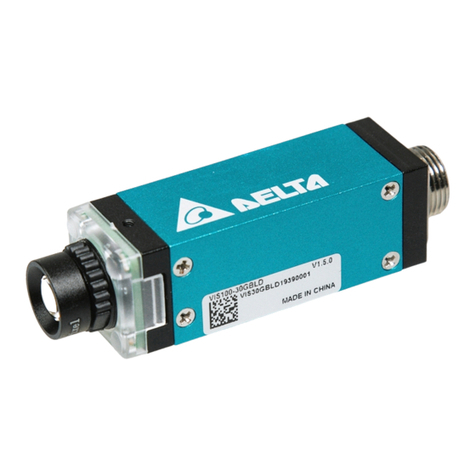
Delta
Delta VIS100-30G12D User manual
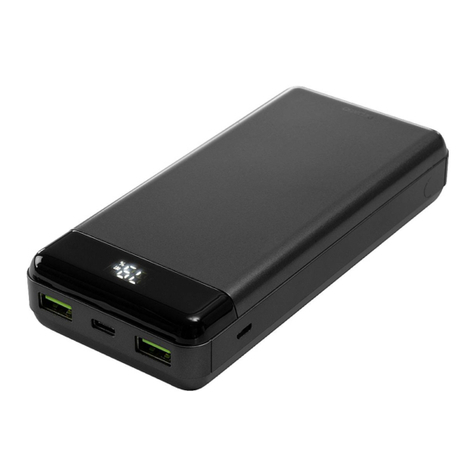
Delta
Delta PB-C1003 User manual
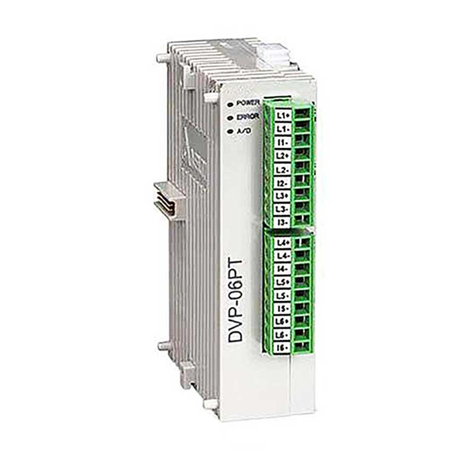
Delta
Delta dvp04pt-s User manual

